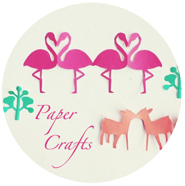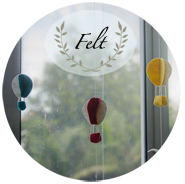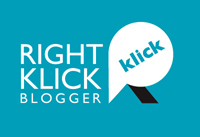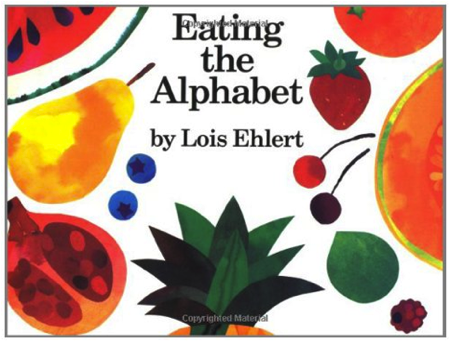
Most children know how to sing the alphabet song by the time they are 3 years old. However, being able to say the names of the alphabets is not the same as recognizing the shape of the letters. In order to learn to read, the child must be able to rapidly identify the printed forms of the letters out of its regular sequence and learn the sound that is attached to each alphabet.
You can help your child learn these alphabets by regularly pointing out and identifying letters in environmental print, such as, signboards, road signs, product packaging, posters, etc. Also, reading them alphabet books will encourage interest in learning the alphabets, here are some of the recommended titles;
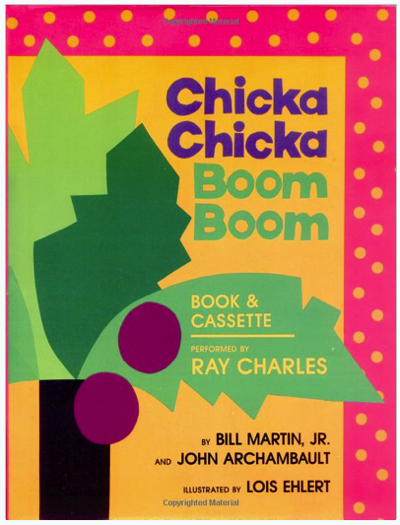
2. Alphabatics
4. Eating the Alphabet : Fruits and Vegetables from A to Z
Children who can recognize letters with accuracy and speed have an easier time learning the sounds associated with letters, as they are better able to focus on learning the sound-spelling relationships.
So do we teach the uppercase or the lowercase letters first? I usually go with the uppercase or the capital letters, even though uppercase letters only account for 5% of all letters in the written word. This is easier for the child to distinguish between the shapes of each letter, since there will be less confusion between the similar looking letters like b-p, q-b, b-d, h-u, i-l.
Even if most children can say all the letters by age 4, most need up to two years to learn the corresponding shapes (Adam, 1990).
Once the child can recognize all the capital letters, I would put an alphabet chart with both capital and lower case letters and talk about them with the child. Let the child see the alphabets, compare them, play games of matching up lower case with their capital letters.
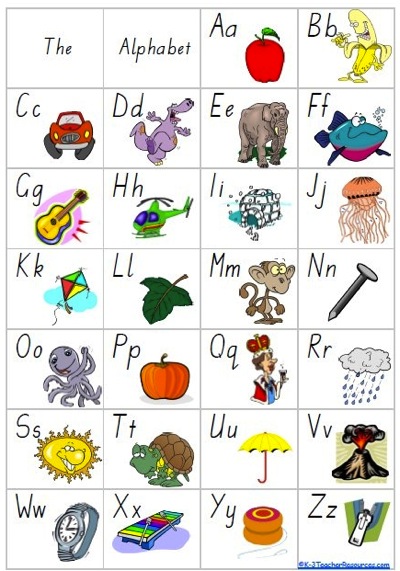
Here are some printables that you can use with your child;
Alphabet Match Up Mittens Printable Match Up Alphabets
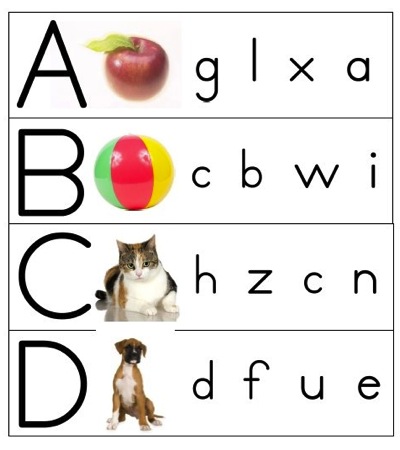 (from 1plus1plus1equals1.com)
(from 1plus1plus1equals1.com)
With the Clothes peg ABC game, your child can learn to identify the matching low case letter and attaching the wooden clothes peg on the card above the letter.
Some 3-4 year olds, might need help to distinguish between similar looking lower case letters. They seem to be able to differentiate them when they see it separately, but will struggle when some letters like ‘b’ and ‘d’ and seen together. I use memory methods like, “b has a big tummy, as it pokes in front of the long line”, and “d has a big back-side as it is behind the long line.” Further associating the letter ‘b’ with words like ‘ball’ and ‘d’ with ‘dinosaur’ also aids the child to remember the differences between the letters.
Bibliography
Adams, M.J. 1990. Beginning to Read: Thinking and Learning About Print. Cambridge: Massachusetts Institute of Technology.
——
Looking for Alphabet games to play with your child? Go to this post.
Click here for the directory of Home-Learning posts on this blog.















